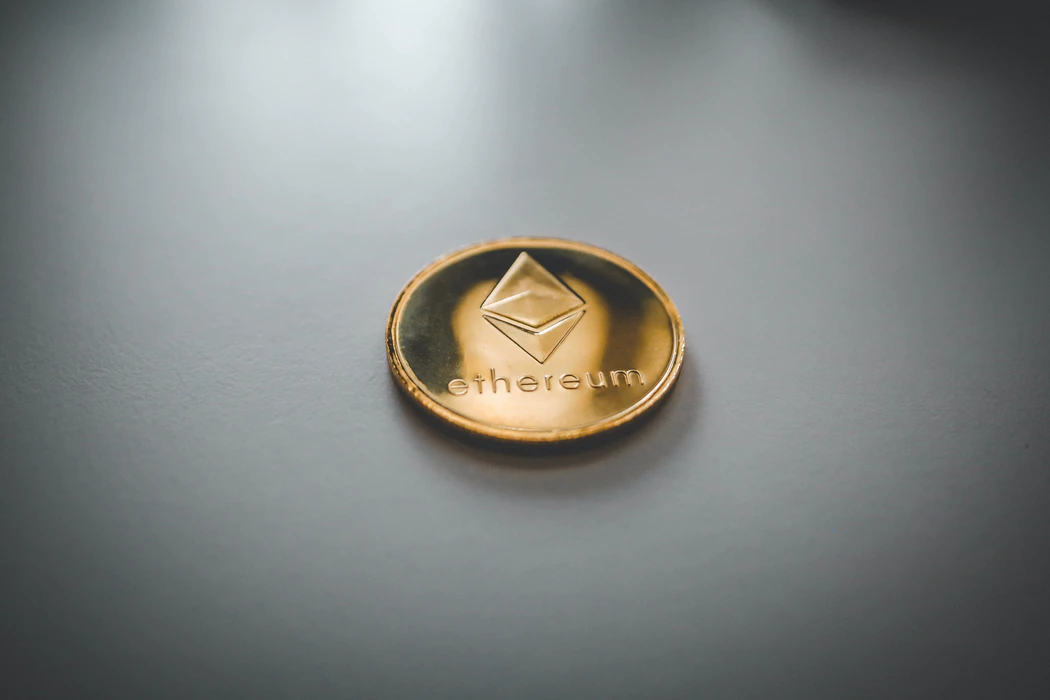Second only to Bitcoin in terms of market capitalisation, Ethereum is an open-source, blockchain-powered, distributed computing platform. Apart from its native cryptocurrency—Ether (ETH)—the platform enables Smart Contracts and Decentralised Applications (DApps) that are effectively censorship-resistant, tamper-proof, and have minimal downtime. Above all, they can function peer-to-peer—that is, without third-party intervention.
As a cryptocurrency, Ethereum has a similar function as Bitcoin, Litecoin, and so on. However, as an open-source “Virtual Machine”, Ethereum broadens the community’s scope for decentralised and distributed innovations.
In merely 5 years, Ethereum has grown manifold—from being among the pioneers of Initial Coin Offering (ICO) to becoming the framework for over 2000 decentralised applications. At the time of writing, Ethereum’s market capitalisation is over $54 billion.
This article discusses Ethereum’s journey since its launch, primarily by discussing the network’s versions and milestones. In case the reader is unaware of what Ethereum is and how it works, we urge them to read our article: What is Ethereum?

The Invention & ICO
Ethereum is a brainchild of Vitalik Buterin—a Canadian-Russian programmer often deemed as a prodigy—and co-founded by the British computer scientist, Gavin Wood. While Buterin envisioned the project, Wood invented Solidity—Ethereum’s programming language—and also defined the Ethereum Virtual Machine (EVM) in his Yellow Paper.
Before parting ways in 2016, Wood was the Chief Technology Officer (CTO) at Ethereum. Backed by the team’s early innovations, Ethereum launched its ICO in 2014 and raised a staggering $18 million.
Frontier: A Trial Run
On July 30th, 2015, the Ethereum blockchain’s genesis block—simply, the first block—was mined, marking the beginning of the network’s first version, namely Frontier. Although capable of handling primitives such as Smart Contracts and DApps, Frontier was more of an experimental first run for Ethereum—a version with considerable security shortcomings. Nevertheless, it remains a major landmark in Ethereum’s history.

By mid-August, there were 100,000 blocks on the Ethereum blockchain, and in those days, Ether’s market price was roughly $2.77. Given the network’s instability, however, prices kept dropping in this phase, falling as low as $0.68. In November that year, Nick Szabo and others spoke at Devcon-1 in London, proposing and debating the prospects of Ethereum’s future.
Homestead: A Stable Release
In March 2016, Homestead—Ethereum’s first stable version—was released at 1,150,000th block, featuring several security and functionality upgrades. Consequently, Ether’s market value strengthened, reaching $15 around the release date of March 14th, while Ethereum’s overall market capitalisation crossed $1 Billion.
Ether’s price reached $21 by May, driven by the rising popularity of the Decentralised Autonomous Organisation (DAO) project. However, the DAO’s success story was rather short-lived—out of the 7.9 million Ether (~$132.7 million) locked in the DAO’s smart contract, hackers stole almost worth $50 million.
On the one hand, Ether’s price fell to $11 as a result of the hack. On the other, the community decided to conduct a hard fork following much debate on this issue. Consequently, the original Ethereum blockchain split into two—Ethereum Classic (ETC) and Ethereum (ETH)—and so did the community.
Read more about ETC

Metropolis: Towards Scalability
Driven by the ICO craze of early-mid 2017, Ethereum’s market capitalisation crossed $400 million in no time, reaching an all-time high of $1400 by early 2018. Amidst the heightened network activity of that time, Ethereum entered the third phase of its journey, namely Metropolis. In turn, this phase was planned to be released in three successive upgrades—Byzantium, Constantinople, and Istanbul.

Among other things, Byzantium ushered a major privacy and security enhancement for the Ethereum network—Zero Knowledge Succinct Non-Interactive Argument of Knowledge. Commonly known as zkSNARK, it enabled validators to verify executions (transactions) without actually executing them or knowing about their internal composition. In other words, zkSNARK proves the validity of a transaction, despite the validator’s ‘zero knowledge’ about the transaction’s content.
Through Constantinople and Istanbul, Ethereum received several security and privacy upgrades, focusing primarily on enhancing the platform’s scalability.
Serenity: Ethereum 2.0 (Eth2)
Since the Metropolis phase, most upgrades on Ethereum have strived to make the network more scalable, thus paving the way for Ethereum 2.0 (Eth2)—or, Serenity. In the Phase 0 of this version—namely, Beacon Chain—Eth2 will implement a full Proof-of-Stake (PoS) consensus protocol, moving away from the resource-intensive Proof-of-Work (PoW).
In short, the PoS model will grant voting and validation rights to the network’s members, in proportion to the amount of ETH held in the user’s “staking wallet”. Apart from the PoS implementation, Eth2 is expected to feature a novel incentivisation and monetization ecosystem for Ethereum users. Furthermore, Eth2 is also expected to implement sharding—simply, linking sub-chains to the main chain—to make the network scalable.

Lastly, the proposed upgrades of Eth2 has evoked substantial interest among institutional players, thus strengthening the ground for the platform’s adoption. Samsung, Microsoft, and Opera, among others, have already initiated research and development pertaining to Eth2.
Ethereum treads towards a future wherein it could possibly be leveraged at scale by both individuals and enterprises.
Disclaimer:
The information contained in this article is for general information purposes only. bitFlyer EUROPE S.A. are in no way affiliated with any of the companies mentioned herein. Neither does bitFlyer assume any responsibility nor provide any guarantee for the accuracy, relevance, timeliness or completeness of any information provided for by these external companies.
You accept that you are responsible for carrying out your own due diligence when investing. bitFlyer shall in no way be responsible for any acts taken on account of this article nor does bitFlyer provide any investment advice for its users.






